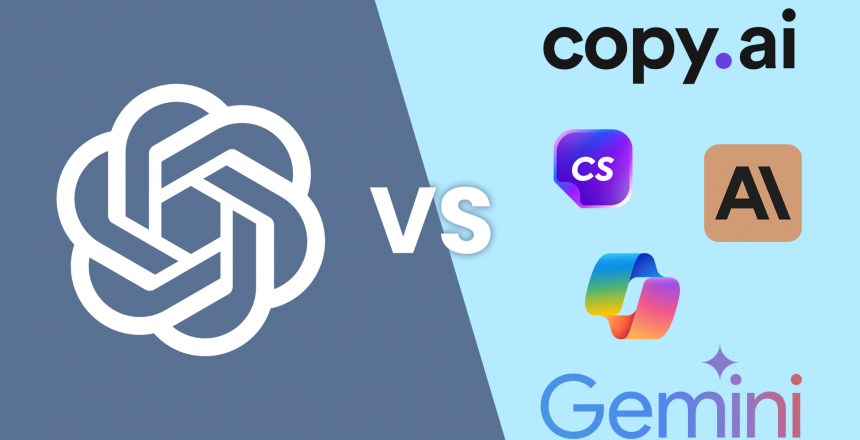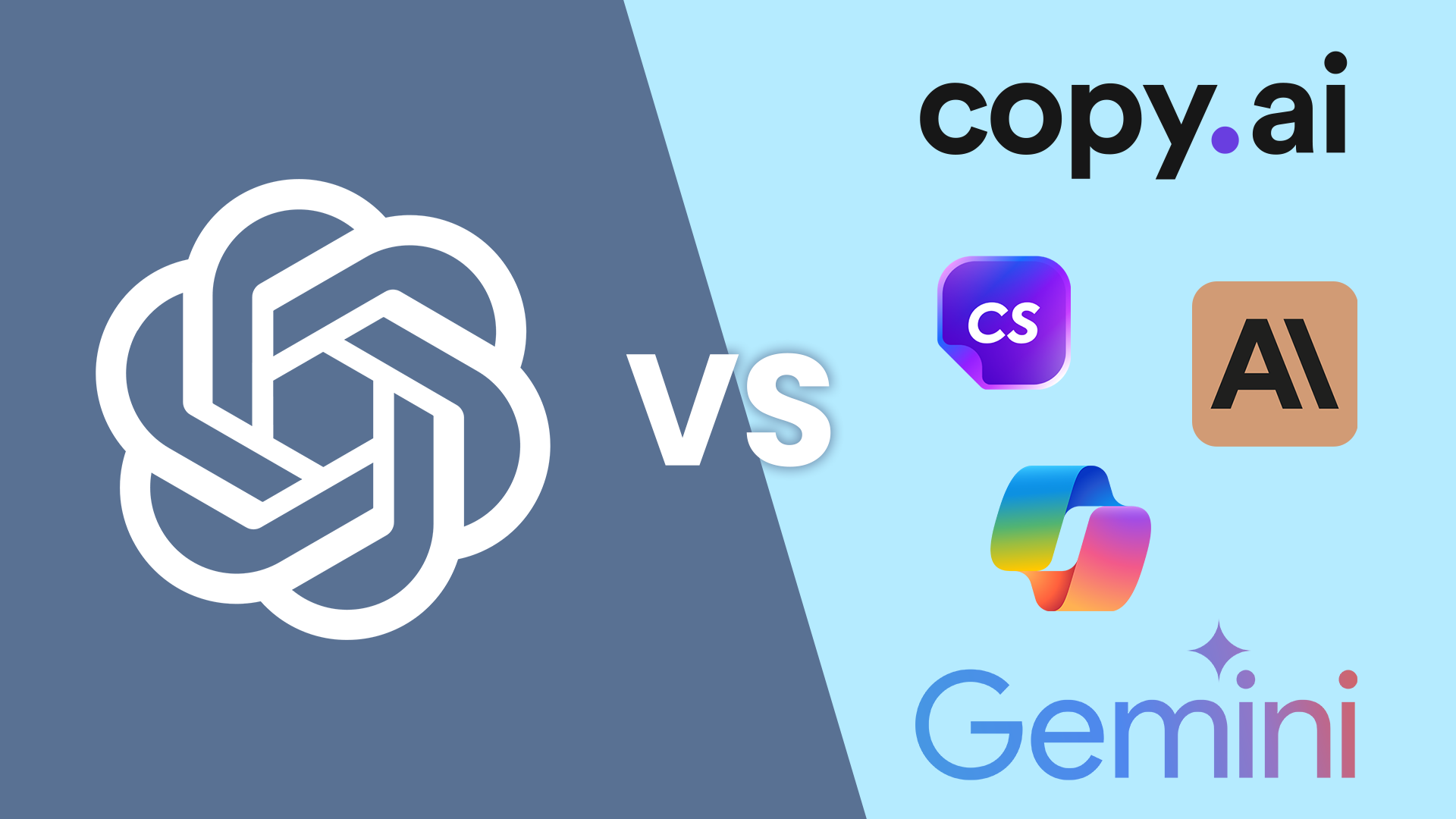The rise of OpenAI and its vaunted ChatGPT model has been truly remarkable, capturing headlines and imaginations worldwide. However, as the initial fervor begins to subside, a sobering question looms: Can this pioneering company actually sustain its breakneck pace and fend off the deep-pocketed tech titans vying for AI supremacy?
While OpenAI’s achievements cannot be overstated, cracks may already be forming in their armor. Their vaunted first-mover advantage and brand recognition could prove fleeting as incumbent players double down on AI. Corporations may have readily embraced ChatGPT’s novel capabilities, but they could just as easily pivot to whichever solution proves most capable and cost-effective long-term.
Another perceived strength – OpenAI’s focused approach and agility – rings increasingly hollow under scrutiny. Yes, their singular obsession with cracking artificial general intelligence (AGI) allows laser-focused development. But this narrow preoccupation could blind them to emerging opportunities and use cases their bigger rivals can capitalize on.
Similarly, OpenAI’s oft-touted ability to innovate rapidly stems more from their startup insecurity than any real institutional advantages over tech titans. Larger, richer firms can readily replicate any agile processes and acquire any star employees, rapidly nullifying such advantages.
Even OpenAI’s investment from Microsoft and ability to train vast AI models may not be the trump card it appears. Deeper analysis shows they have burned staggering sums – billions of dollars annually by some accounts – pricing them out of an endurance contest with companies owning sprawling cloud computing infrastructures.
The Contenders Preparing to Strike
Make no mistake, the competition is coming for OpenAI with the full weight of their resources and expertise. Google need only divert a fraction of its efforts from Gmail and Search to pose an existential AI threat. Their structural data advantages and global sensor network could prove decisive competitive assets.
Meanwhile, Microsoft is sharpening Anthropic’s tools, readying offerings that undercut premium pricing. Could this presage OpenAI being poached or subsumed entirely by its own partner? The Windows’ perfectionist product culture provides a stark counterpoint to the hype-driven approach.
Even if current players falter, OpenAI cannot rest easy. New contenders like Stable Diffusion and Llama demonstrate that open-source AI communities can rapidly match and even eclipse proprietary solutions. Given the sector’s incredibly low barriers to entry and high stakes, adversaries could emerge from anywhere.
OpenAI’s Intrinsic Vulnerabilities
Most crucially, OpenAI appears hamstrung by its own self-imposed limitations. The incessant hand-wringing over ethical AI – while admirable – threatens to undermine their pace and capabilities. Rivals unfettered by such convictions may surge ahead, producing radically transformative yet unsettling solutions OpenAI cannot responsibly match.
Anthropomorphized assistants, so keen to be helpful, honest, and harmless, only magnify this dynamic. As AI sheds its cuddly persona and evolves toward unfettered intelligence augmentation, will OpenAI be able to adapt? Their reputation for reassuring yet banal outputs could lie at odds with providing powerfully disruptive business solutions.
Perhaps OpenAI’s most glaring shortcoming is its secretive, closed ecosystem approach. While touting openness in AI development, their commercial efforts represent naked self-interest. This opaqueness stands in marked contrast to the open, collaborative ethos fueling many rivals’ progress. As businesses demand transparency and verifiable insights into AI systems, OpenAI may find its ivory tower crumbling.
Ultimatum for Disruption
To stave off irrelevance, OpenAI must proactively disrupt itself and the AI field writ large. Continued reliance on curated datasets and anthropic, rules-based interfaces will only take them so far. Eventually, their triumphs and funding could perversely hinder the risk-taking and paradigm shifts required to upend entrenched competitors.
Some foresee quantum supremacy and radically novel computational paradigms as potential great equalizers OpenAI must harness. Alternatively, techniques for continuous, real-world learning and context-aware reasoning could leapfrog today’s rigid language models. Whatever their next gambit, they must consistently defy expectations and render previous achievements obsolete to avoid being out-maneuvered.
While OpenAI’s breakthrough kickstarted today’s AI renaissance, their reign could prove astonishingly brief. As the AI field overcomes growing pains and consolidates around an industry-wide paradigm, earlier advantages may rapidly dissipate. History has no shortage of upstart pioneers rapidly subsumed by larger, more pragmatic successors once a new normal is established.
Only by embracing perpetual disruption and shedding the shackles of success can OpenAI avoid this fate. Complacency, even for a moment, could relegate them to a historical footnote while bigger, hungrier players redefine the industry. The race has only just begun – stagnation could prove fatal.
Want to keep up with the technology relevant to your business? Follow NPEC on social media and check out our other blog articles.




